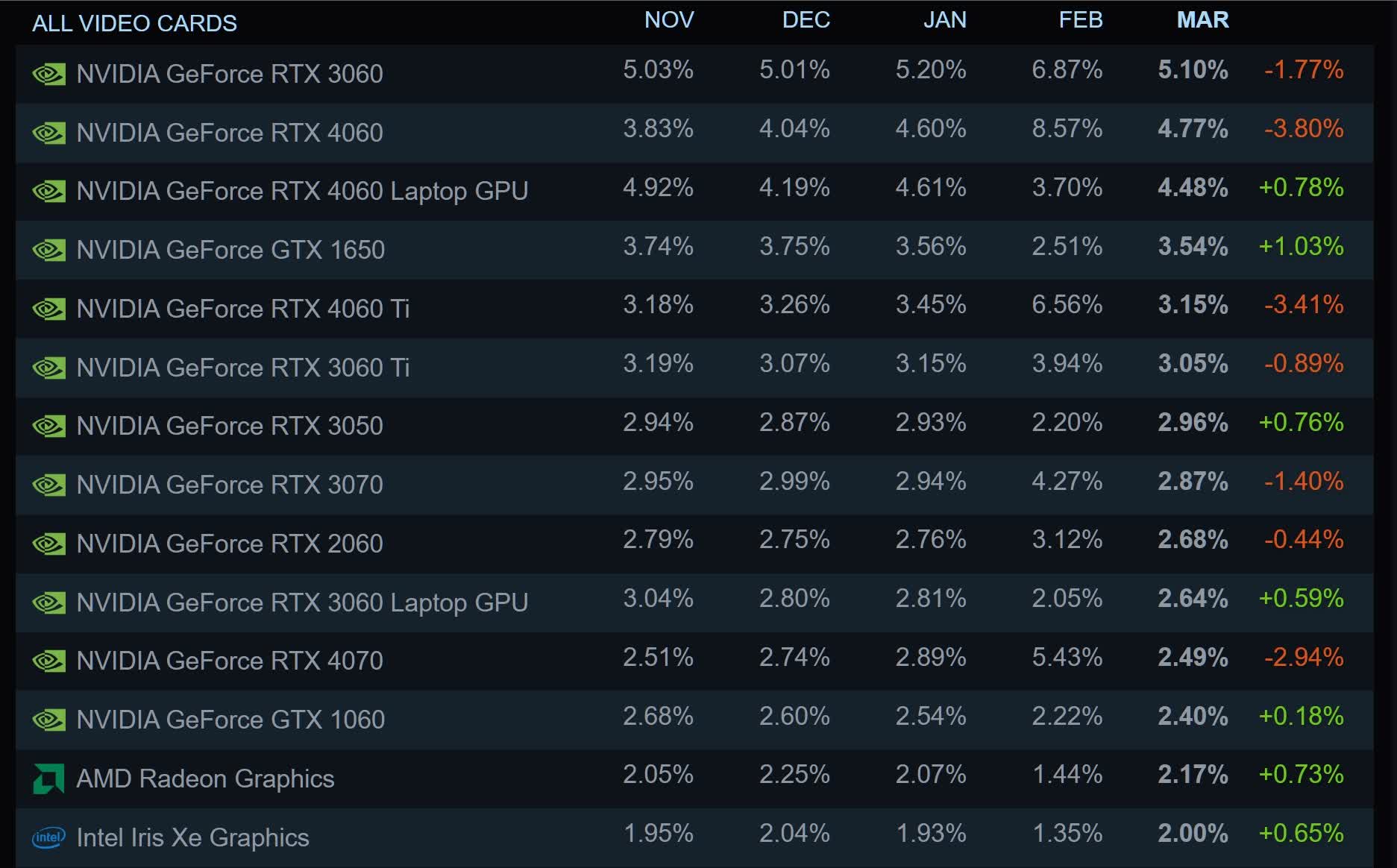
3DPRINTINGINDUSTRY.COM
MOD to Embrace 3D Printing in New Advanced Manufacturing Strategy
The UK Ministry of Defence (MOD) has published its first Defence Advanced Manufacturing Strategy. It highlights additive manufacturing as crucial to the British militarys strategic roadmap, identifying 3D printings vital role in strengthening supply chain resilience.The document emphasizes the urgency of accelerating additive manufacturing adoption in the UKs defense sector. To achieve this, the MOD outlines three core initiatives: investing to incentivize industry, adapting policies to remove barriers, and integrating additive manufacturing into the defense supply chain.Key 3D printing benefits for defense include faster production, shorter lead times, access to obsolete parts, and improved sustainability. In 2021, the Defence Science and Technology Laboratory (Dstl) identified obsolescence as the top supply issue affecting military operations, impacting both old and new platforms. With over 1.3 million items in its inventory, the MOD sees 3D printing as a solution for many obsolete components.Britains defense leadership believes additive manufacturing will significantly improve platform and equipment availability. A Defence Innovation Unit (DIU)-commissioned report found that 3D printing 15% of the defense inventory could save 110M over the next 15 years. After that, the annual net benefit could reach 35.5M. According to the new defense strategy, 3D printing represents the first step toward the MODs broader adoption of other advanced manufacturing technologies.This strategy outlines our intent to embrace AM in new designs, to help resolve obsolescence and to increase our competitive edge through development of expeditious battle damage repair techniques, commented Vice Admiral Andy Kyte, Chief of Defence Logistics and Support.This exciting technology has been in existence for some time, and defence must now realise the latent benefits it offers, in terms of operational availability, improved supply chain resilience and efficiency.The MODs additive manufacturing vision. Image via the Ministry of Defence.Introducing the MODs Defence Advanced Manufacturing StrategyConflict in Ukraine and hostilities in the Middle East are worsening supply shortages, affecting access to key products and raw materials. These global challenges have increased the need for improved supply chain resilience. Personnel cuts in the Armed Forces and Civil Service, along with shrinking fleet sizes and ageing equipment, have further reduced availability, productivity, and efficiency.The MOD is turning to additive manufacturing to address these issues. Its new Advanced Manufacturing initiative shows how 3D printing can create dispersed supply networks of qualified suppliers. This approach aims to reduce lead times, tackle obsolescence, and improve sustainability. Four key pillars are central to the MODs additive manufacturing vision. These are design sources, a digital thread, certification, and mobile production capabilities for fabricating parts close to the point of need.Design sources generate 3D printed parts. This includes designing for additive manufacturing (DfAM) of new components or using reverse engineering to enable 3D printing of existing parts. The digital thread securely transmits sensitive design information from a design library to the 3D printer. It also allows users or manufacturers to send requested changes back to the designer. Ensuring cyber-security and consistent information across transmissions is crucial. The MOD is currently exploring how to create a unified, fully integrated digital service that can link with design libraries. The finalized design is certified before being deemed fit for military operations and 3D printed, sometimes near the frontlines.These stages will reportedly exist within a circular economy based on 3D printing material recyclability and reusability. The British military is also working to recycle high-end scrap metal into new metal 3D printing feedstock. For instance, British engine manufacturer Rolls-Royce recently partnered with the MOD to convert old Tornado fighter jet components into new 3D printed jet engines. Called Tornado 2 Tempest, the new initiative has already been used to 3D print components for the Orpheus jet engine concept, which supports the Future Combat Air System (FCAS) program.RAF Tornado Fighter Jet. Photo via the RAF.How to increase adoption of additive manufacturing for defenseThe Defence Advanced Manufacturing Strategy outlines the MODs strategy for accelerating 3D printing adoption and development within the UK defense sector.To incentivise industry, additional investment will be used to foster 3D printer adoption, either directly or through partnerships with additive manufacturing companies. This will include embedding 3D printing in existing and future designs and digitizing strategically important inventory and spare parts. It will also work to clarify how digital information can be securely transmitted from industry to MOD units and Front Line Commands (FLC).Unlocking constraints is another key pillar of the MODs additive manufacturing strategy. This will see the MOD work with industry partners to create accessible cross-functional processes that adhere to updated policies and drive adoption. Additionally, it will create a knowledge hub, improving access to critical information. The MOD also plans to develop new metrics to improve tracking of financial and non-financial 3D printing benefits.The MOD will design and create networks of supply, allowing 3D printing technology to be brought into the defense supply chain. Equipment, training, and consumables will be standardized, making them accessible through regular supply channels to meet industry standards and qualifications.New partnerships between industrial partners, FLCs, and MOD units will be encouraged. The goal is to facilitate rapid learning and build trust through trusted agent status in an extended hub and spoke supply network. Inter-industry partnerships will also be incentivized to enhance resilience and improve 3D printing capabilities. Additionally, the MOD plans to form a strategic partnership with the UK High Value Manufacturing Catapult to drive efficiencies and benefit the UK industrial base.These strategic priorities will guide a program of work, involving the MOD, industry, and the research community. A new governance structure will not be created for this. Instead, the program will be managed by one of the MODs existing steering groups.3D printing in the British military: advantages and challengesAccording to the MOD, the main benefit of additive manufacturing is addressing shortfalls in inventory items, due to technical or commercial obsolescence. 3D printing can also reduce lead times and create a more resilient, agile, and dispersed supply network.The British military has already demonstrated the value of 3D printing for defense applications. In 2021, the Chief of Defence Logistics and Support (CDLS) commissioned Project TAMPA. This ongoing initiative seeks to establish a network of suppliers capable of 3D printing military-grade spare parts on demand and at the point of need. According to the MOD, this project has already validated its additive manufacturing vision, confirming that increasing industry incentivization is key to growing adoption.British forces have actively leveraged 3D printing since at least 2016, with various MOD units and FLCs establishing AM centers to support battle damage repair operations. This work has mainly been completed independently, with each unit developing its own 3D printing processes and digital threads.Elsewhere, the Atomic Weapons Establishment (AWE) is using 3D printing to produce complex parts, while the DE&S Defence Electronics and Components Agency (DECA) is 3D printing prototypes.Another MOD organization leveraging additive manufacturing is The Submarine Delivery Agency (SDA). According to the Advanced Manufacturing Strategy, the SDA is using 3D printing to support In Service Submarines (ISS), Dreadnought, and Ship Submersible Nuclear (Attack) (SSN(A)) programmes. The ISS uses additive manufacturing to 3D print replacement components, conduct maintenance, and enhance supply chain resilience to improve submarine availability. 3D printing is being used in the SSN(A) to increase the rate of platform production.The MOD claims that there is currently no compulsion for its manufacturing partners to accelerate 3D printing adoption to improve supply chains. It also highlights several key challenges constraining additive manufacturing development in the UK.For example, the MOD emphasized the need for more agile routes to the market, particularly when sourcing obsolete parts. It suggests creating separate supply chains for 3D printed components to avoid delays from traditional methods. This is because the benefits of AM, such as faster production and quicker responses, would be lost if the supply process is slowed.Interoperability challenges are also highlighted. Project TAMPA has proved that the pace of 3D printing development and increased machine versatility can cause 3D print files to quickly become obsolete. Even when using the same 3D printing method, different 3D printers often produce different results, hampering repeatability. TAMPA also found that a range of relevant 3D printing standards do not exist, with ASTM now working to improve access to the standards it has created.The MOD also identifies challenges related to through-life support, training, access to consumables, digital thread uncertainties, and high manufacturing costs.British Army soldier using SPEE3Ds XSPEE3D cold-spray 3D printer. Photo via the British Army.Additive manufacturing enhances global defence capabilitiesBeyond the UK, additive manufacturing is gaining traction in the global defense sector. The US, in particular, is investing heavily to expand its 3D printing-enabled supply chains.The US Department of Defense recently added $9.85 million to an existing agreement with 3D printing firm X-Bow Launch Systems. This contract, now worth $28.67 million, sees X-Bow develop 3D printed solid rocket motors (SRM) for US missiles.Similarly, rocket engine manufacturer Ursa Major recently received $12.5 million from the US Navy and the Office of Strategic Capital (OSC) to scale the production of its own 3D printed SRMs. Using its Lynx 3D printing technology, the Colorado-based company will design, manufacture, and test a new SRM prototype for missiles critical to national security. This follows earlier news that the firm is 3D printing the Navys Mk 104 dual rocket motor, which powers the SM-2, SM-3, and SM-6 missiles.In other news, Spanish 3D printing OEM Meltio recently saw its technology deployed by the Republic of Korea Army. This marks the first time Meltios DED 3D printers have been validated by a military in Asia, expanding its global footprint following earlier integrations by US, French, and Spanish forces. Who won the 2024 3D Printing Industry Awards?Subscribe to the 3D Printing Industry newsletter to keep up with the latest 3D printing news.You can also follow us on LinkedIn, and subscribe to the 3D Printing Industry Youtube channel to access more exclusive content.Featured image shows the UK Ministry of Defence sign. Photo via The Ministry of Defence.
0 التعليقات
0 المشاركات
109 مشاهدة












